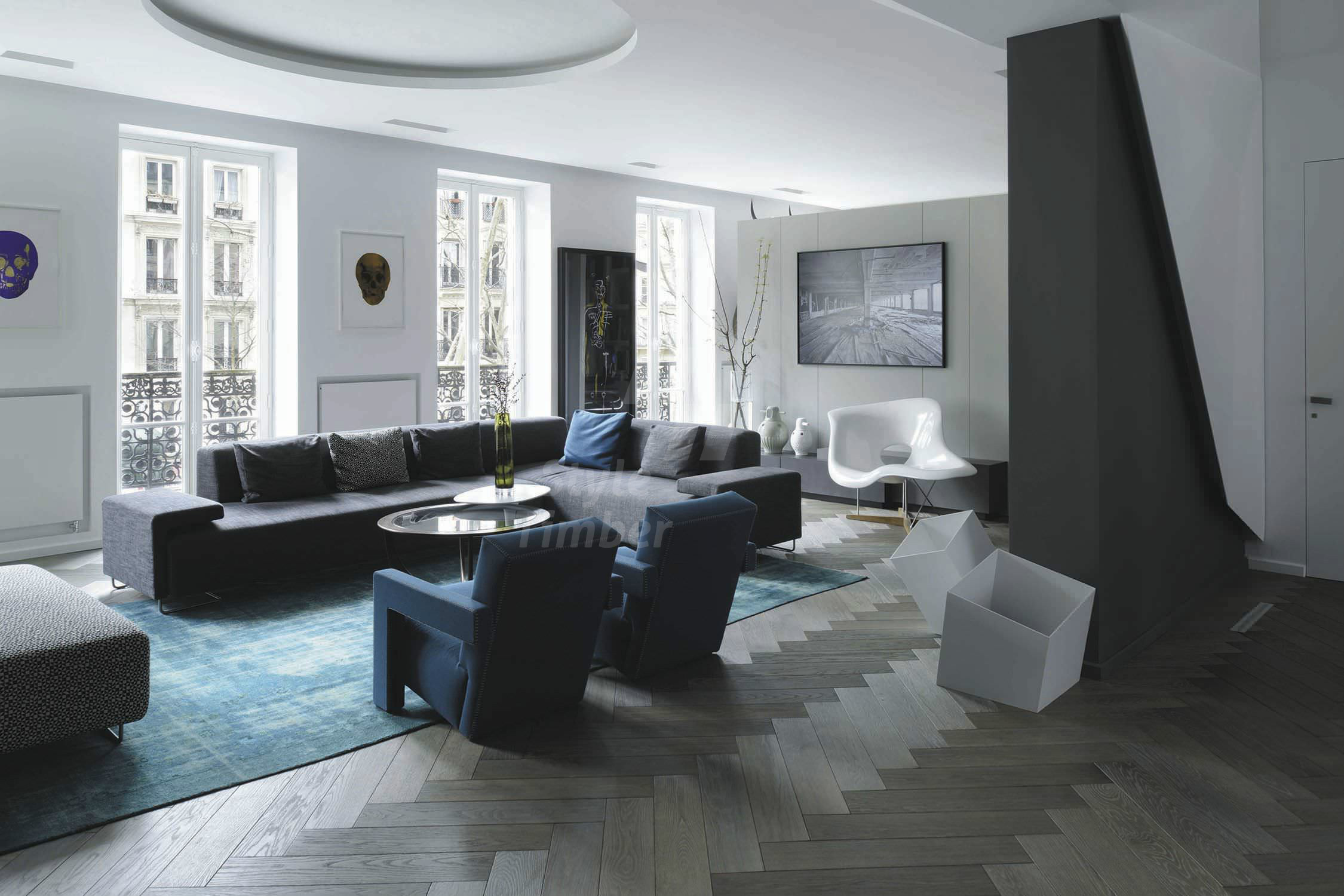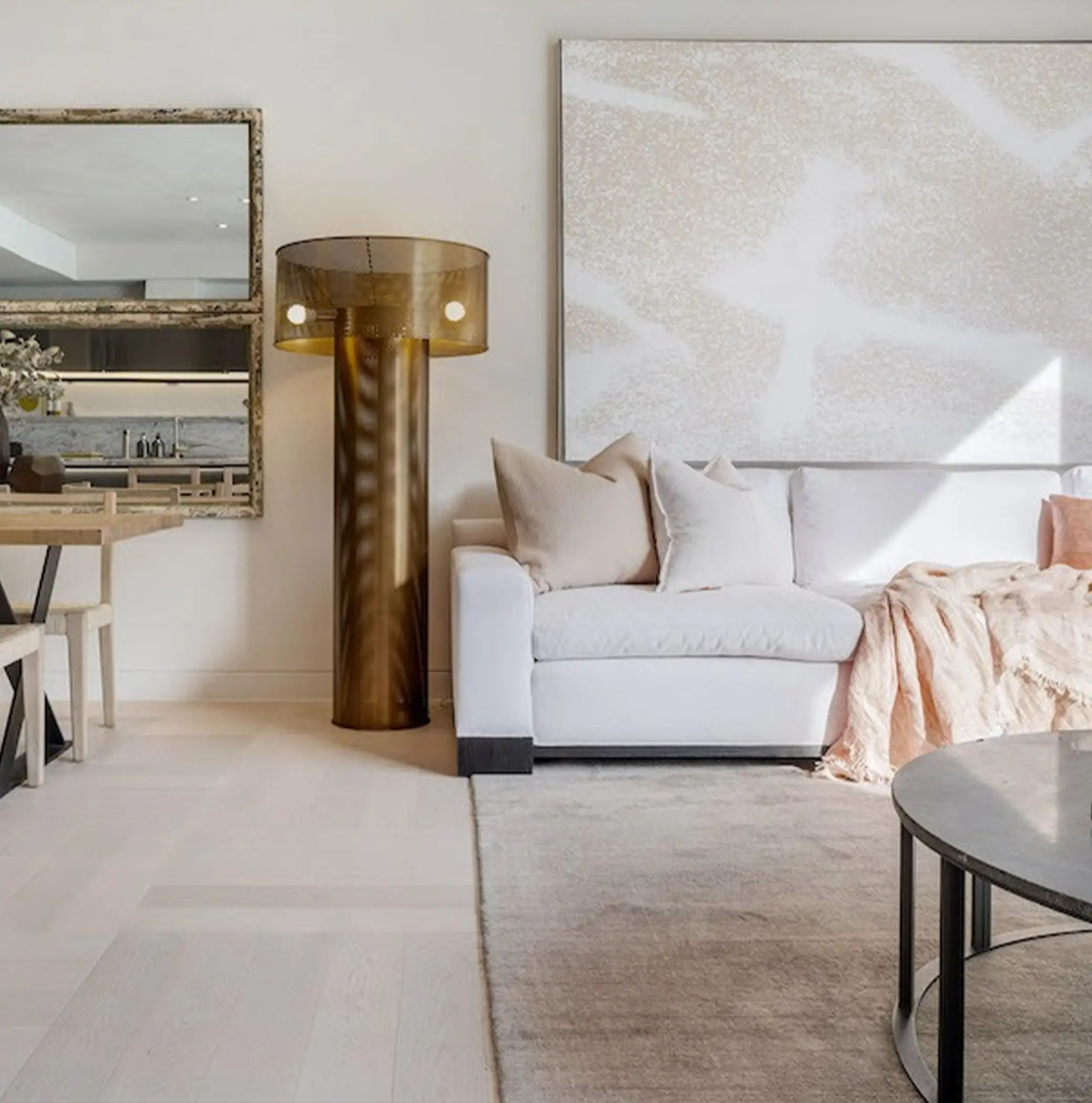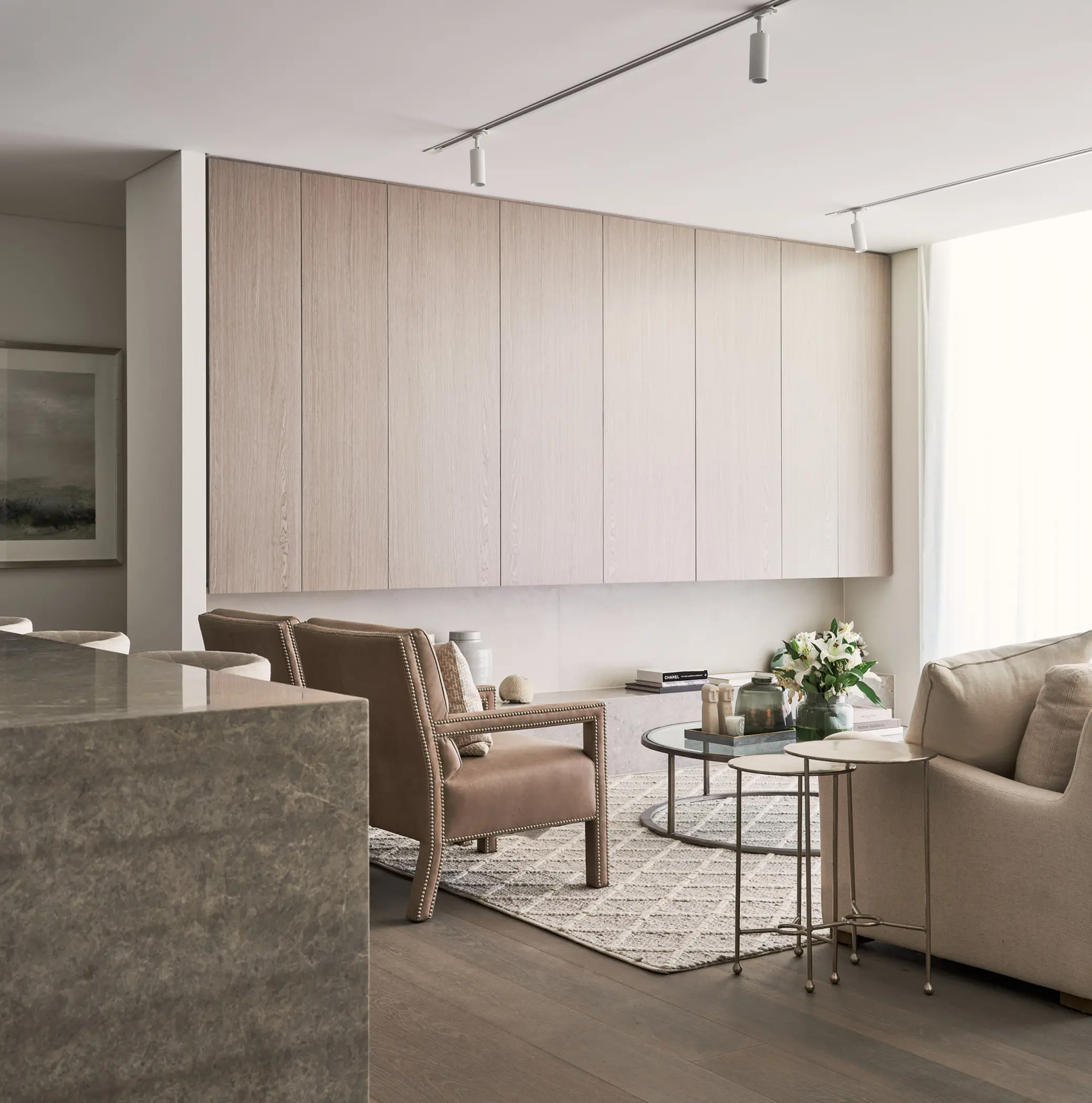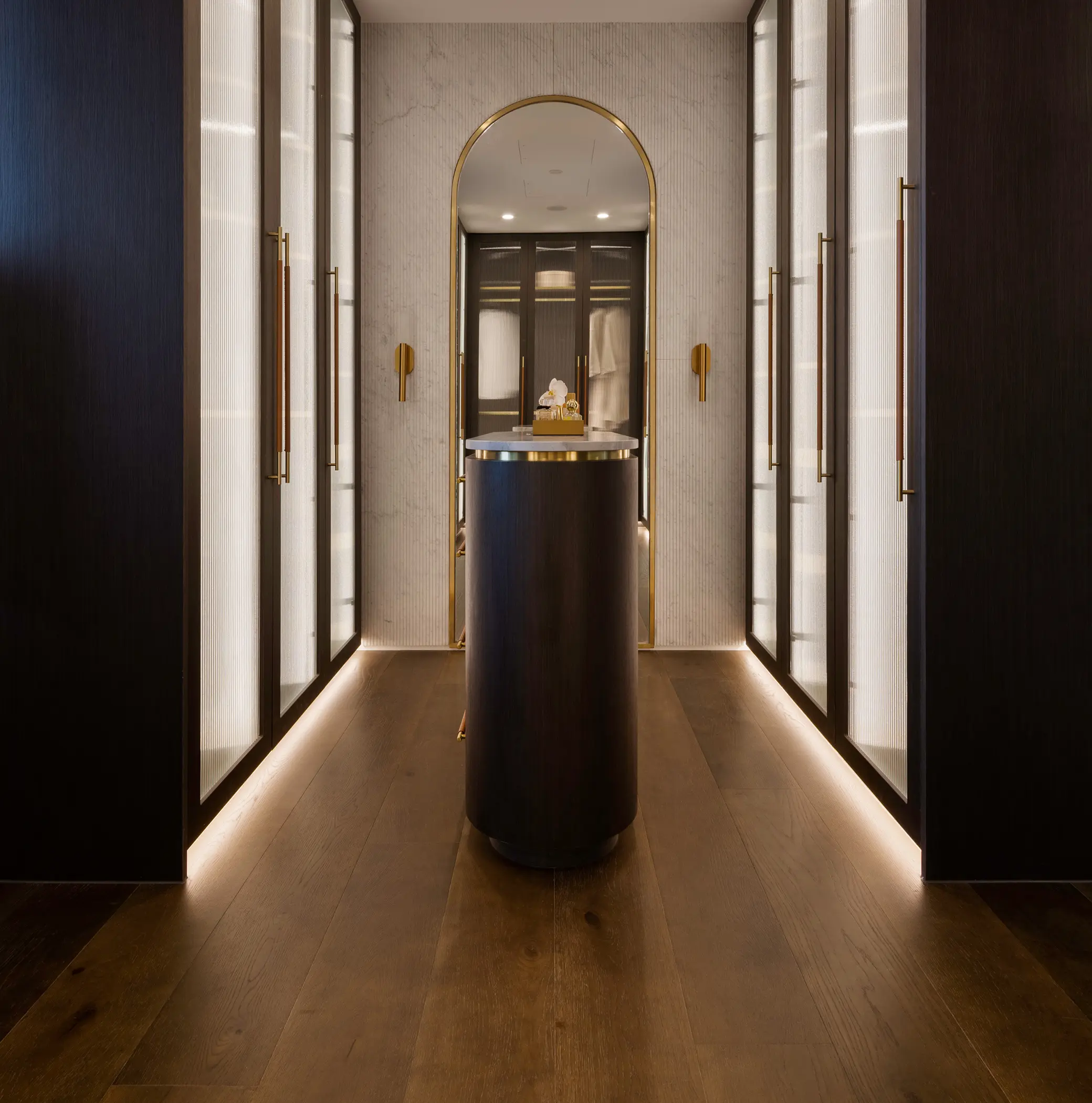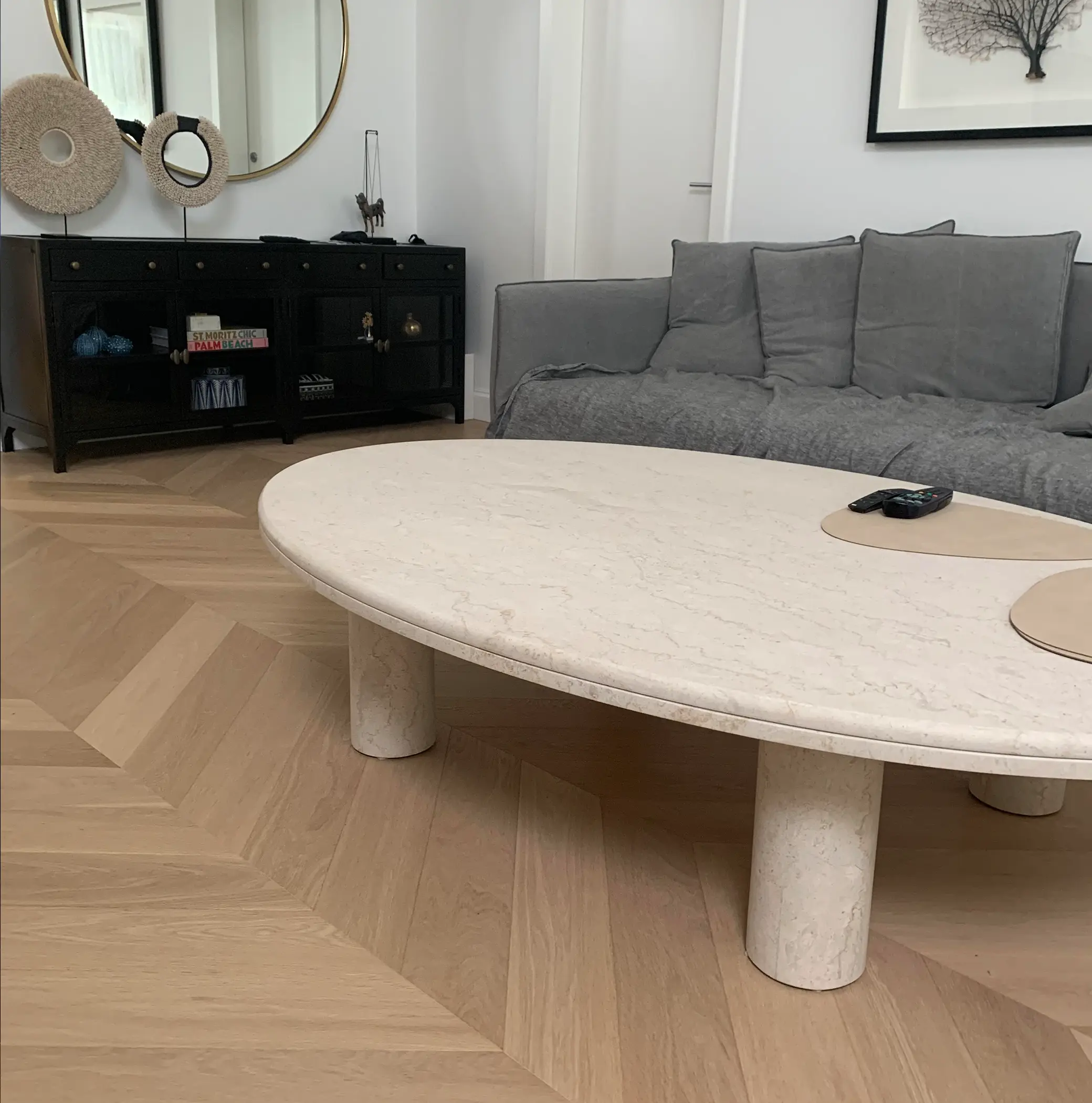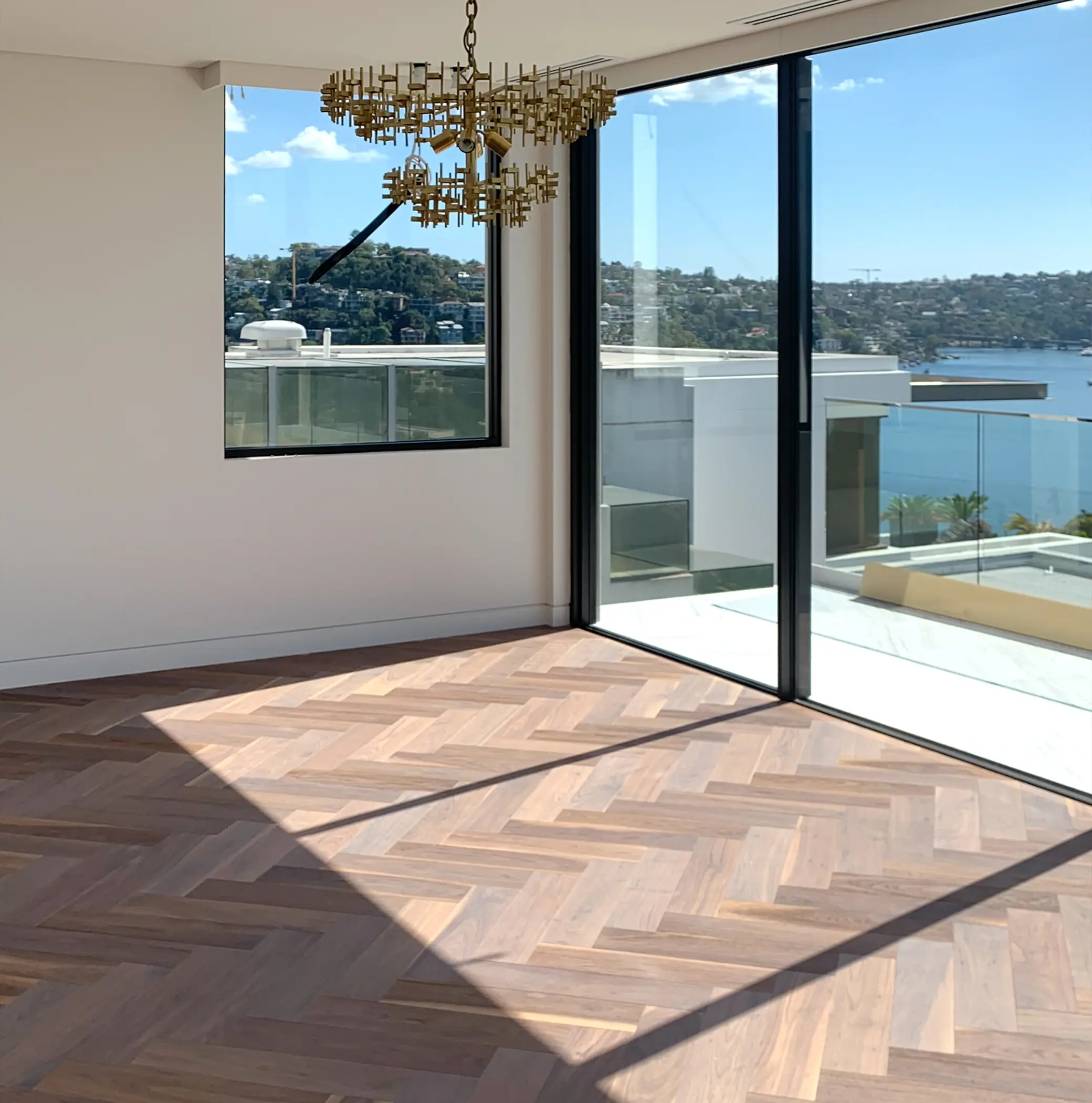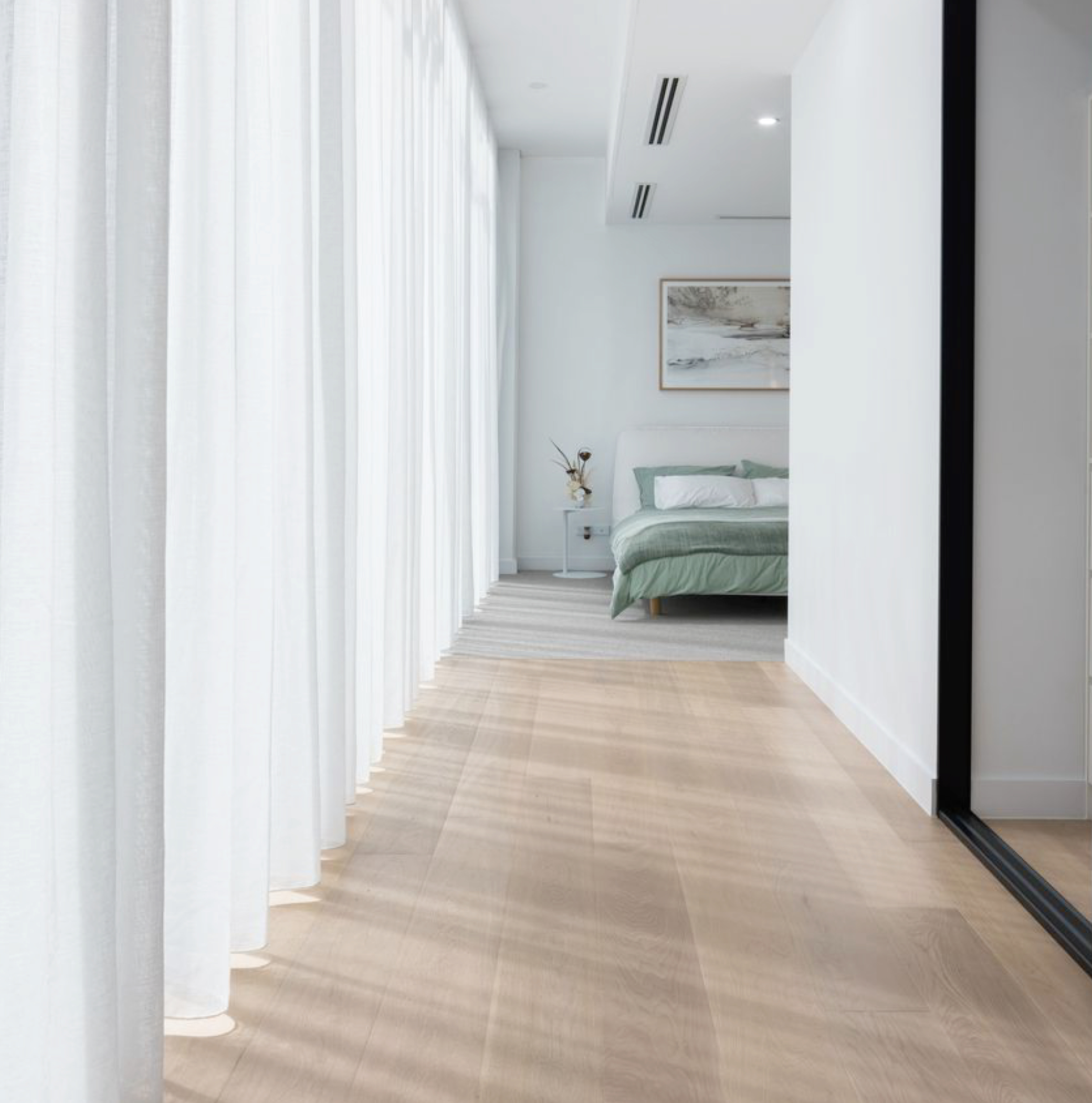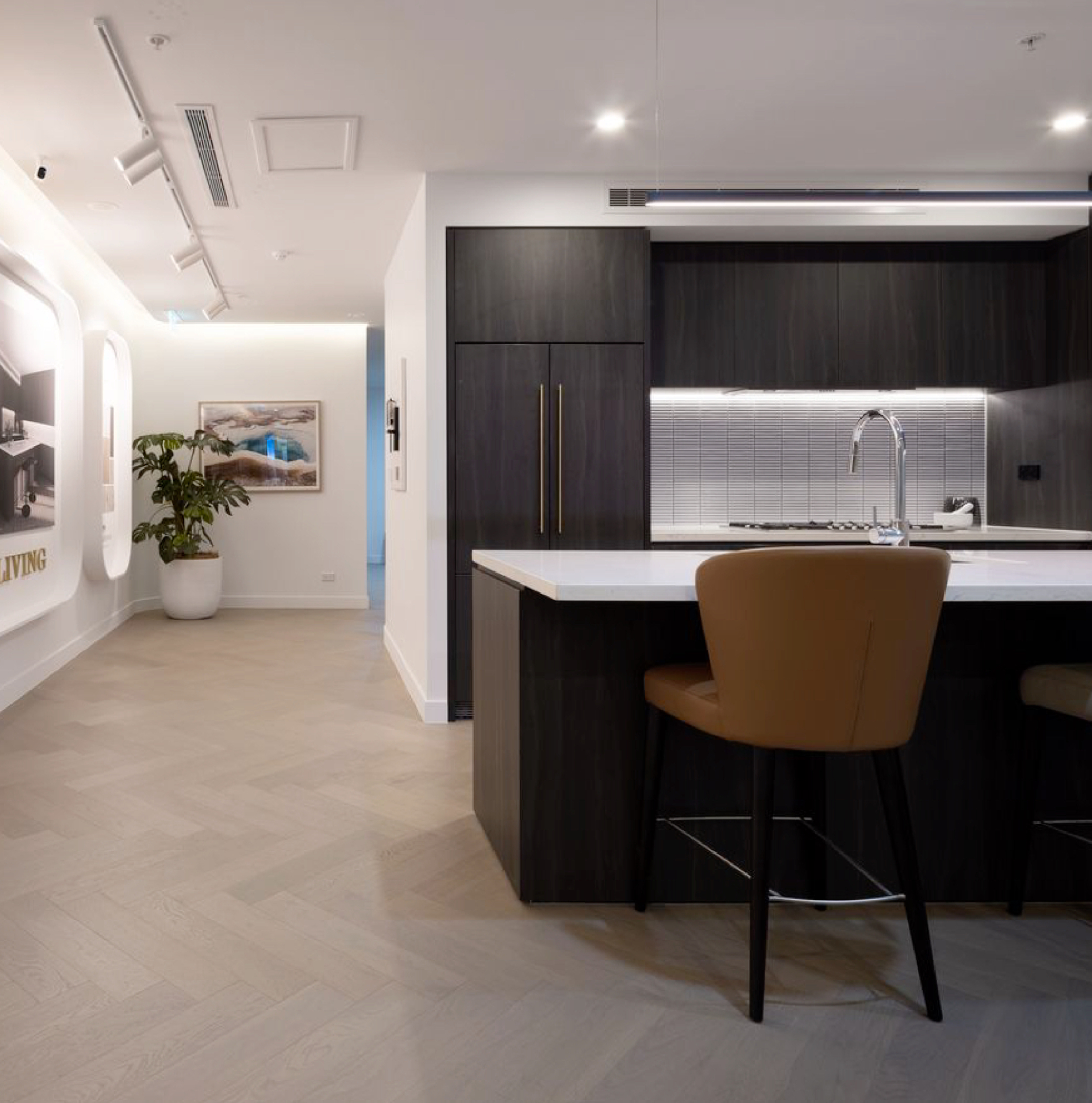When it comes to flooring, the colour you choose will always have an important impact on the overall feeling of the room. Although the choice between light and dark wood flooring ultimately comes down to personal preference, there are many other factors to consider.
Read on to learn more about each element you should take into account before choosing the colour of your timber flooring.
Size of the room
The first factor you need to consider is the size of your space. Dark flooring is known to make interiors look smaller, this may not constitute a problem in large rooms, but it can create issues in smaller interiors. For instance, if you are designing a large space, you might want to use warmer tones for your floor since these types of colours tend to draw a room in, making it look and feel cosier, but can also give a more powerful and dramatic contrast at the same time. This also works the other way around; light flooring usually makes any room appear larger, making it the perfect option for smaller spaces. This is why it’s crucial to weigh up the advantages and drawbacks of the visual illusion that flooring may create when making a choice between light and dark wooden floor. For inspiration, check out our Mega collection. The classic 220mm wide boards combine both modern and antique finishes and the generous 6mm Oak top layers guarantee they will have the same lifespan as traditional hardwood floors. These floors have been refined with brushing, hand scraping, smoking and staining techniques to create magnificent textural experiences.
Natural light
The next factor you need to consider is the amount of natural light in a given interior. For instance, dark floors can make a room appear darker than it really is compared to light coloured flooring, especially if the room is naturally dark. This won’t be a problem if you’re looking to give the room a cosy atmosphere. However, if the room is supposed to be a home study or a kitchen, you can find the lack of natural light problematic and may need to spend additional money on artificial light to make the room look brighter. On the other hand, in rooms with a lot of rays, light coloured flooring might constitute a problem. It is therefore important to weigh up all of these aspects before making the final choice.
Furniture
Think about the style of the existing furnishing or the furniture you’re planning to install in your space. If you’re looking to make a total room remodel by replacing all furnishings and accessories, it will be easier to plan everything in line with your flooring choice. However, if you’re going to use existing furnishings, rugs, paintings, etc., it is important to think about the overall look of the room with both dark and light flooring options. For example, a light coloured floor has more impact on the room when contrasted with darker detailing. In other words, by getting together the crucial elements of a room, you’ll be able to choose the tone that has the best impact on the interior. For inspiration, have a look at our case study at Ed. Square, Edmondson Park. To match the colour schemes of the new development, Style Timber developed two new colours: Pebble Grey and Moschino. These boards are 190 wide, which is the perfect fit for apartment living and small spaces. They’re wide enough to actually make the space look bigger but also small enough so that they don’t look out of proportion.
Rustic or Modern Look
Your interior design ideas may focus on certain themes. For example, if you are attempting to give your space a cosy and rustic feel, a dark wood floor may be the right choice for you. This is because dark wood floors match more aesthetically with the kinds of furniture associated with this provincial and restful design. On the other hand, if you wish to create a modern and polished living space, a lighter wood floor may be the best option. This is because lighter woods lend themselves to the edged style furniture and metallic fittings designed for modern areas.
For more information about our products, or to request samples, get in touch with us.


